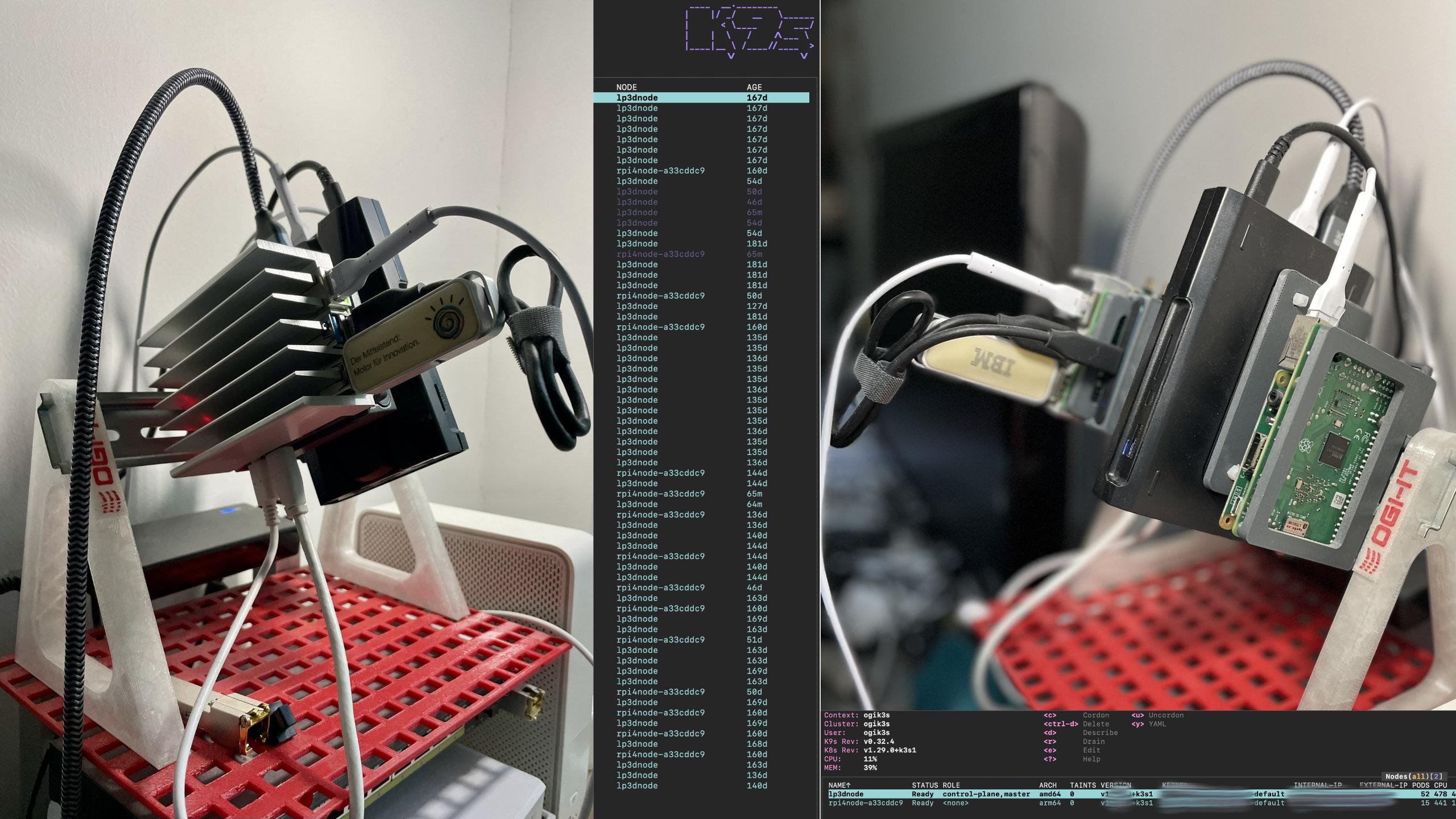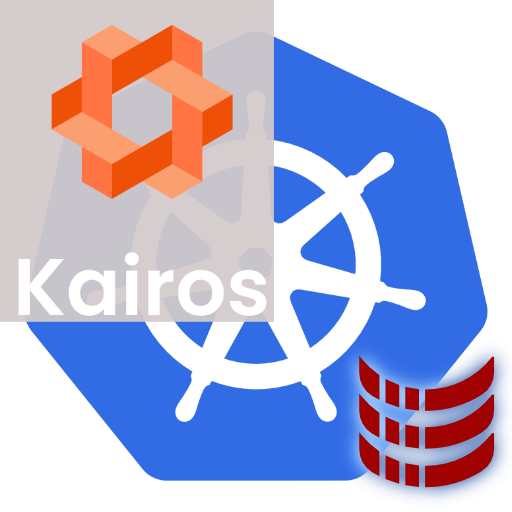
Using Kubernetes in the cloud is easy. But how to convince a customer that microservices architecture based on Kubernetes is also suitable for tasks on his own infrastructure? Using Kairos on the edge, with a cluster, using both ARM and Intel nodes is a first step. And if the nodes of this cluster are based on low-end CPU’s, like Raspberry Pi 4 and Intel Celeron and are still performing well with the customer apps, then this could be a bold argument.
Developing on the cutting edge of technology is not always easy, but pays of in the long term. The same was true when we started using Kairos for the internal Development and Demo Kubernetes cluster. Only working day by day with this technology and installing version by version of the Kairos software, someone can tell the pro’s and con’s of it and learn how to design the whole system to avoid pitfalls. Meanwhile, Kairos evolved to a production grade level software, and we are happy using it.

